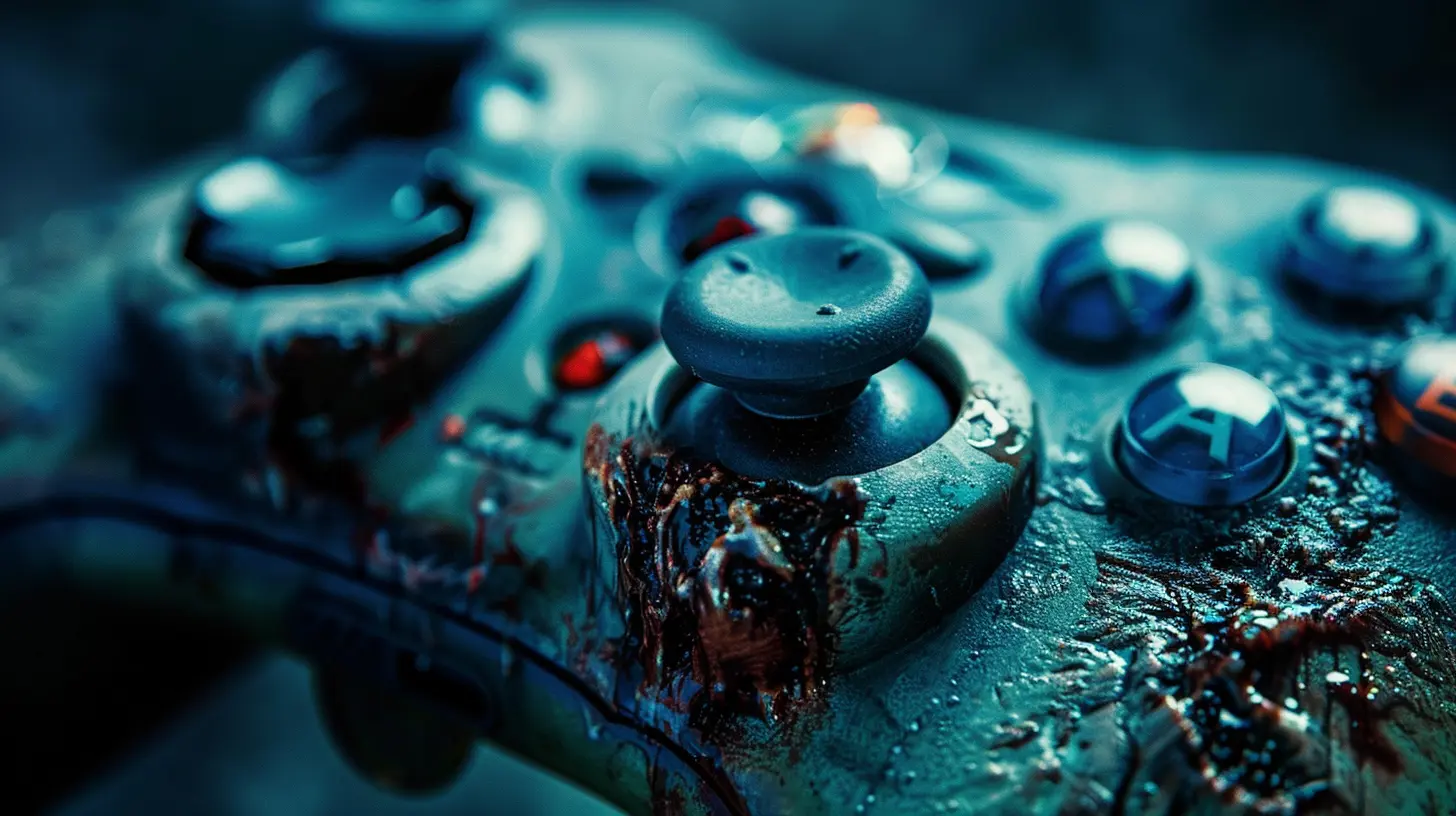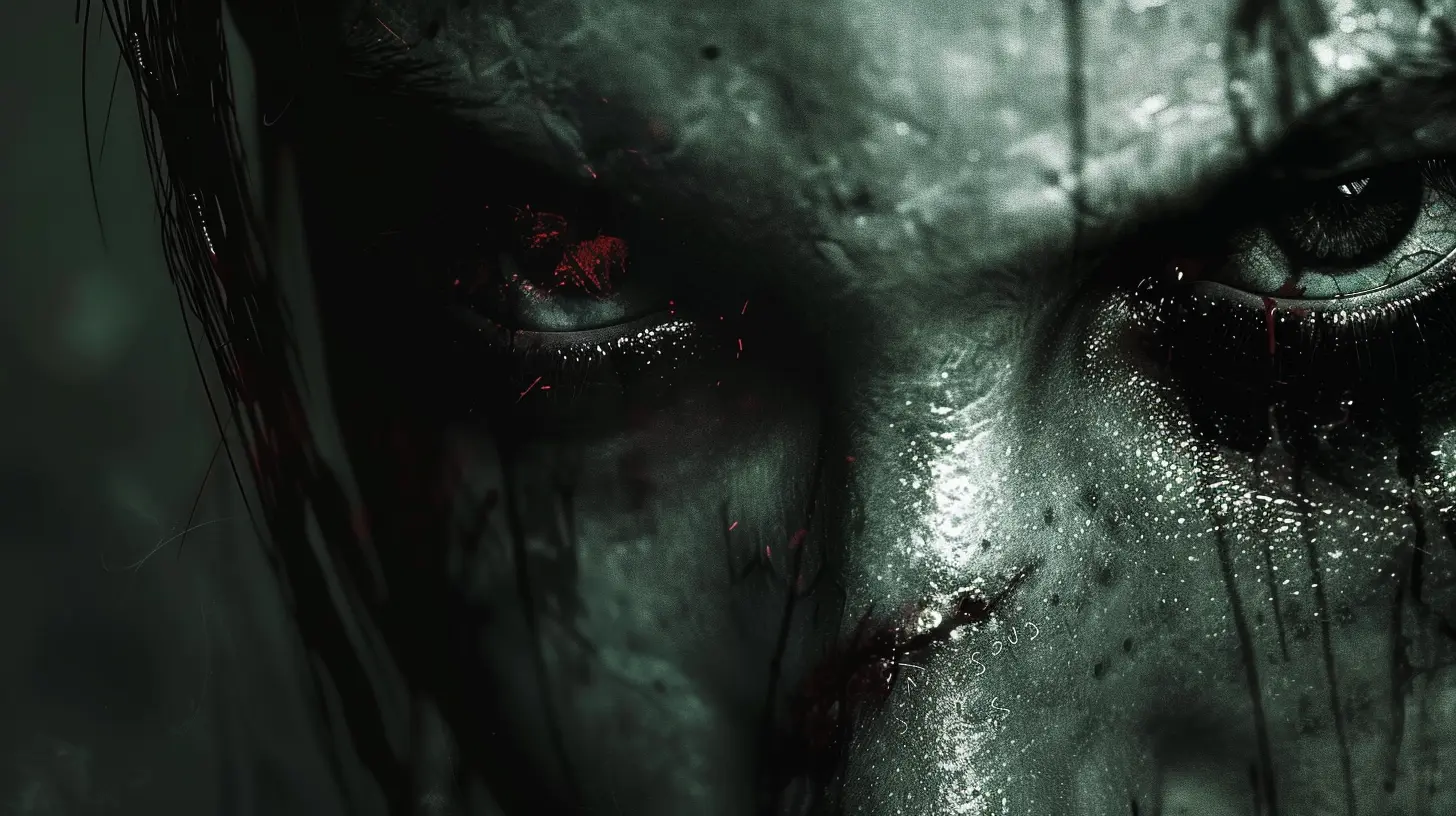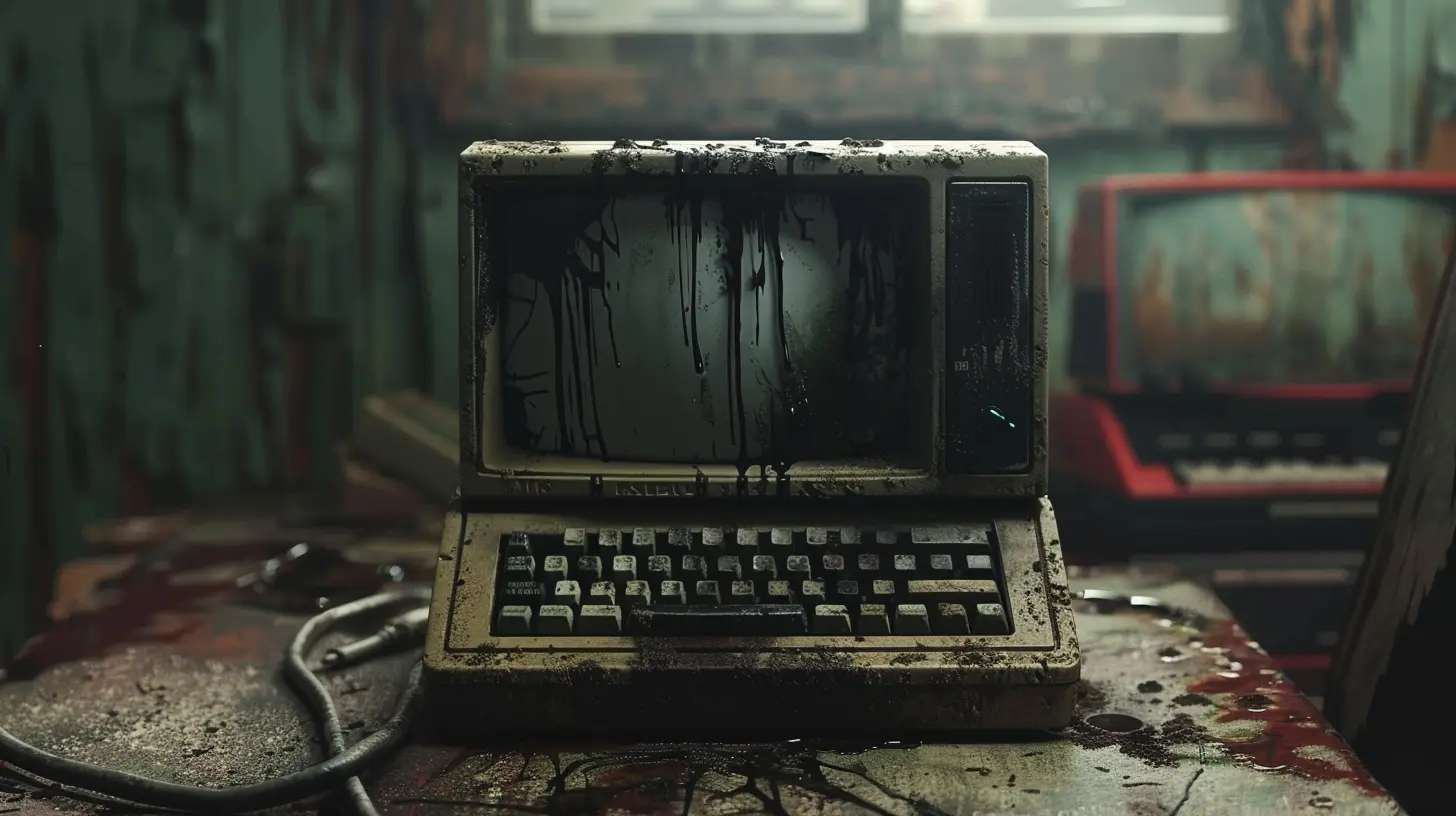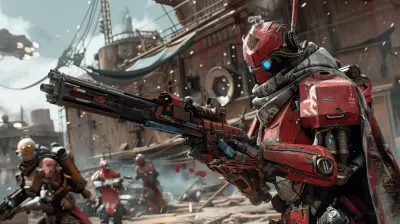The Psychological Impact of Replayability in Horror Games
20 May 2025
If there’s one thing that makes horror games stick with us long after we’ve put down the controller, it’s their ability to mess with our heads. But what happens when a game pulls you back in for a second, third, or even tenth playthrough? Replayability isn’t just about getting your money’s worth; in horror games, it taps into something deeper, something psychological. Why do we willingly return to experiences designed to terrify us? Let’s dive into this eerie topic and find out.
What Makes Horror Games Replayable?
Replayability in gaming is often tied to things like branching storylines, collectibles, or alternate endings. But with horror games, the stakes are much higher. These games don’t just want you to play again — they want to haunt you in the process. Replayability in horror taps into a cocktail of fear, curiosity, and mastery.Think of a game like Resident Evil or Silent Hill. You’re not replaying these classics just to relive the fear (although, let’s not kid ourselves, that’s part of it). You’re coming back because there’s always something new to uncover. Maybe it’s a secret area, a plot twist you missed, or simply the need to prove to yourself that you can survive it again. These games reward players for returning, but they also challenge your psyche with every replay.
The “What If” Factor
Have you ever finished a horror game and immediately thought, “What if I made a different choice?” The "What If" factor is a massive psychological hook in replayable horror games. Developers know this and design their games to make you question your every move.Take Until Dawn, for example. This interactive horror game thrives on player choice. Did you save the wrong character? Could you have avoided that gruesome death? The only way to find out is to play through it again. This creates a loop of curiosity and dread — a perfect storm for keeping you engaged. And the kicker? Even when you think you’ve made the "right" choice, the game might throw you a curveball, keeping you on edge.
Fear Repackaged: Familiarity vs. Freshness
Now, let’s talk about a psychological paradox in replayable horror games: familiarity vs. freshness. You’d think knowing where the jump scares are would make the game less scary on the second playthrough, right? Wrong. Horror games have a sneaky way of repackaging fear.For instance, some games use procedural generation, like Alien: Isolation. The xenomorph isn’t programmed to follow a specific path. Instead, it reacts to you, making every playthrough unique. Even if you've memorized a level, the fear of the unknown keeps you anxious.
On the other hand, familiarity can also be its own brand of terror. Remember the first time you walked down that dimly lit hallway in P.T.? By the second playthrough, you know what’s coming — but somehow, it’s worse. The anticipation gnaws at you, proving that the fear lives in your head as much as it does in the game.
Mastery vs. Masochism: Why Do We Keep Coming Back?
Here’s a question: why do we willingly replay games that scare the life out of us? The answer lies in two psychological motivations — mastery and, oddly enough, masochism.Mastery: Conquering the Fear
Replayable horror games give us a chance to conquer what once terrified us. The first playthrough is all about survival. But on the second? That’s your chance to take control. Maybe you missed some hidden lore or an unlockable weapon. Playing again lets you face your fears head-on, with a little extra confidence in your back pocket.Masochism: Loving the Thrill
And then there’s the masochistic side of things. Let’s face it: horror fans are a peculiar bunch. We enjoy being scared, even if we loudly scream, “Nope!” while running from a chainsaw-wielding maniac. Replayable horror games feed this thrill-seeking behavior, offering us a hit of adrenaline every time we dare to press “New Game.”The Role of Atmosphere and Immersion
Atmosphere is the lifeblood of any good horror game, and it’s what keeps us coming back for more. A truly immersive horror game plants itself in your subconscious — sights, sounds, and even smells (yes, smells!) linger long after you’ve turned off the console.Think about games like Amnesia: The Dark Descent or Outlast. These titles don’t just scare you; they transport you into their horrifying worlds. Every creak of the floorboards, flicker of the lights, and distant wail is designed to pull you deeper into the terror. Replayability allows you to re-enter these unsettling environments, and if anything, the immersion becomes stronger the more you play.
The Emotional Roller Coaster
Horror games are an emotional roller coaster, and replayability amplifies those highs and lows. Fear is at the heart of it, but it’s not the only emotion in play. Relief, curiosity, frustration, and even joy all factor into the experience.For instance, the relief you feel after surviving a particularly brutal section of a game can be addictive. You crave that feeling again, which is why you hit “Restart” instead of “Quit.” On the flip side, frustration can also drive replayability. Maybe you died 14 times trying to beat that one boss. Now it’s personal. You’re not just playing the game; you’re settling a score.
Cognitive Benefits of Replayable Horror
Believe it or not, replayable horror games might actually be good for your brain. Studies show that gaming can improve problem-solving skills and hand-eye coordination, but horror games add an extra layer of cognitive engagement. They force you to think critically under pressure, testing your decision-making skills in a fight-or-flight scenario.And let’s not overlook memory. Replayable horror games often have complex narratives and puzzles that require you to remember key details. Returning for another playthrough jogs your memory and sharpens your attention to detail — skills that can come in handy in the real world (minus the zombies and haunted mansions, of course).
The Social Element: Sharing The Fear
Horror games are no longer a solo experience. Thanks to streaming platforms like Twitch and YouTube, horror games with high replayability have become social events. Sharing your reactions — and watching others scream their heads off — adds a communal layer to the experience.Take Phasmophobia, for example. This multiplayer ghost-hunting game thrives on replayability because every session is different. The unpredictability of the hauntings, combined with player reactions, makes it endlessly entertaining. The social element transforms fear into something fun and shareable, proving that terror is better when it’s experienced together.
Replayable Horror Games and Mental Resilience
Lastly, let’s touch on how replayable horror games can build mental resilience. Facing your fears — even in a virtual environment — can be empowering. The more you expose yourself to anxiety-inducing situations, the better equipped you are to handle stress.Games like Dead Space and The Evil Within push you to the edge of your comfort zone, forcing you to adapt and overcome. This can translate to real-life scenarios where resilience and adaptability are key. It’s not just about surviving the game; it’s about discovering your inner strength.
Final Thoughts
Replayability in horror games isn’t just a clever marketing tactic. It’s a psychological phenomenon that keeps us hooked, terrified, and oddly exhilarated. Whether it’s the promise of new discoveries, the thrill of mastering the game, or the sheer joy of screaming alongside friends, replayability taps into something primal.So, the next time you boot up your favorite horror game for another round, ask yourself: What am I really chasing — closure, adrenaline, or a bit of both? Whatever the reason, one thing’s for sure: horror games have a way of getting under your skin, and replayability ensures they stay there.
all images in this post were generated using AI tools
Category:
Horror GamesAuthor:

Greyson McVeigh
Discussion
rate this article
3 comments
Eloise Maddox
Replayability enhances fear; it deepens player immersion.
June 6, 2025 at 3:43 PM

Greyson McVeigh
Thank you for your insight! Indeed, replayability not only intensifies fear but also allows players to explore different narrative layers, enhancing their overall immersion in the horror experience.
Amos Myers
Great insights! Replayability truly enhances player immersion and psychological engagement in horror games.
May 27, 2025 at 2:43 PM

Greyson McVeigh
Thank you! I'm glad you found the insights valuable; replayability indeed deepens the psychological experience in horror gaming.
Rachel Edwards
Replayability: where fear meets fun! Who knew screams could be entertaining?
May 22, 2025 at 2:34 AM

Greyson McVeigh
Absolutely! The thrill of replayability in horror games not only amplifies fear but also turns those screams into shared moments of excitement and joy.



